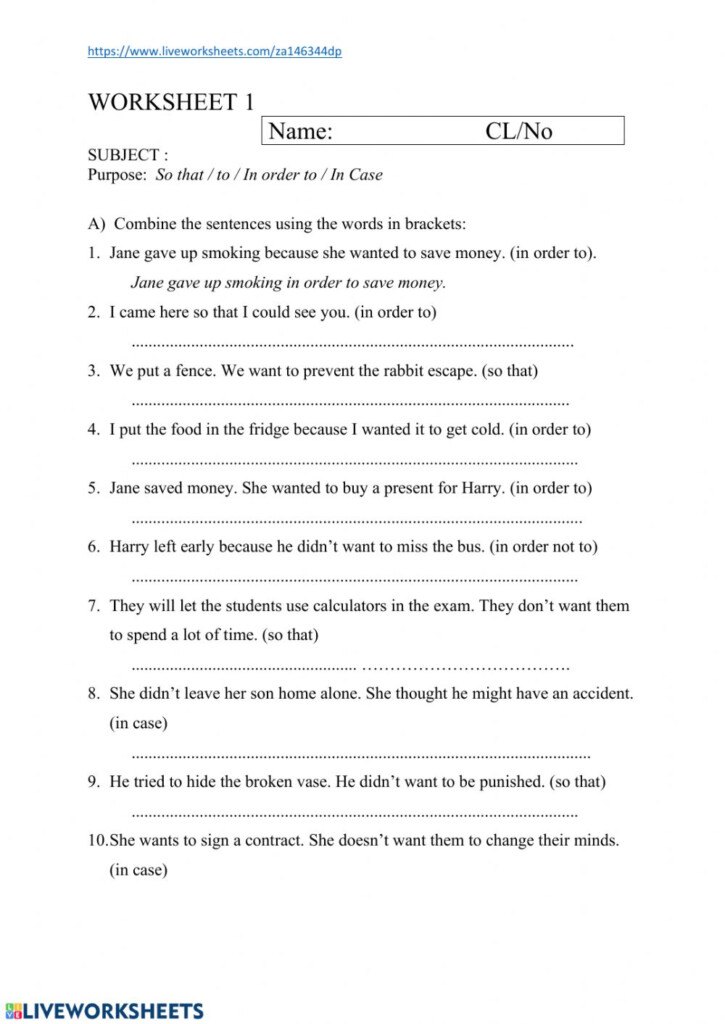Noun Clause Adjective Clause Adverb Clause Worksheet – An adverb can be used to signify an adjective or a verb. Adverbs can be used to indicate the time and place it was done. They are often placed after the verb, adjective , or an adverb they alter.
Here are a few examples.
He ran quickly.
She sang beautifully.
They can speak fluent English.
There are many possibilities to make adverbs. There are a variety of ways to make adverbs, as you can see. As you can see, various words can be combined to create other types of adverbs.
He drives slowly.
He was there on time.
Adverbs are placed either at the end or beginning of an expression. The reason for the adverb will determine its location.
As you can clearly observe, adverbs that modify verbs are usually placed after the verb. Adverbs that modify adjectives, as well as other adverbs should be placed ahead of the adjective or adjective they modify.
For example:
He is a very slow driver. (incorrect)
He’s a slow driver. (correct)
He drives slowly. (correct)
They arrived quickly. (correct)
They showed up promptly. (incorrect)
Let’s talk about adverbs. These worksheets will allow you to learn to use the adverbs inside sentences. The worksheets cover three areas: identifying and using adjverbs; and making Adverbs.
Look over a few sentences, and then highlight the adjectives. This section is focused on identifying adverbs. The second section is about using Adverbs. This section will teach you how to use adverbs with verbs and adjectives. The third part, Making Adverbs, will teach you how to convert adjectives into adverbs.
Don’t wait around! Get a pencil and begin these adverb worksheets.
Adverb Worksheets Types and Usages
Adverbs are words that describes a verb, an adjective, or a different word. Adverbs explain what happened, where, and how it was accomplished. Adverbs are typically placed after a verb.
He slowly walked through each room.
It is possible to create the majority of adverbs by adding -ly after an adjective.
Adjective slow
Adverb: slowly
Adjective: quick
Adverb: quickly
Adjective: hard
Adverb: Hard
Adverbs can be a one-word or multi-word adjectival. A good example of a one-word adjectival is the –ly form.
Slowly, he walked through the room.
Multi-word adjectives consist of many words, including:
He moved slowly in the room.
These are some commonly used multi-word adjectives:
adverb + adverb: quite slowly, extremely quickly
Adverb + adjective: Very hot, very chilly
Preposition + Adverb: Without delay, ahead
There are two types of adjectival terms.
1. Adverbs to describe ways
Adverbs in fashion are used to describe how something is accomplished. This is an example:
He slowly moved through the rooms.
The sentence slowly reveals how the man moved.
These are just two examples of adverbs to describe the way in which things happen.
Slowly, swiftly, calmly, loudly, noisily, and slowly
2. Adverbs that are related to Place
Place adverbs refer to the location in which something was done. Take this example as an example:
He moved around the space.
The adverb used in the sentence below indicates where the person was.
These are only a handful of examples of adjudicatives for place.
Outside, upstairs and down, and nowhere other than that
Adverbs that refer to time and frequency are also available. Adverbs that talk about time and frequency can, for instance, signal when something was performed.
He walked slowly around the room.
The sentence in question uses the word adjective slow.
Adverb worksheets – Tips and Tricks
Adverbs are words that alter an adjective, verb, or another adjectival word. These worksheets will help you show your students how to utilize adverbs. These are some of the strategies and tips you can use to get the most out your worksheets with adverbs.
1. There are a myriad of sentences.
You can use adverbs in many different sentence types. It is recommended to mix it up and use it in conjunction with the worksheets you have created. You can use simple sentences along with complex sentences or even questions. This will aid your students understand the different uses of adjectives.
2. To highlight, use the adverbs
When creating worksheets, highlight any adjectives. This will help to identify the adverbs for your students. Highlight all adverbs with one color or use a different color to symbolize each sentence.
3. Allow your students to make their own sentences.
Your students should not only complete the blanks on their worksheets but they should also compose sentences that contain adjectival terms. They will be able better be able to comprehend the writing of adverbs.
FAQs regarding Adverb Worksheets
1. What are adverbs?
Adverbs refer to the use of a verb, adjective or a different word. Adverbs are used to describe the place, time and manner in which things are done. They often end with”-ly
2. Which are the most commonly used four kinds of adjectival terms?
There are four kinds of adverbs.
3. What are some ways to use adverbs within my writing?
Adverbs are used to describe verbs (and adjectives). Adverbs help create writing that is more engaging and descriptive.
4. What are some common expressions that you can use to describe Adverbs?
Common adverbs are used to define: quickly, slowly and well poorly, efficiently; early and late and late; soft, hard never and always; frequently and often.





